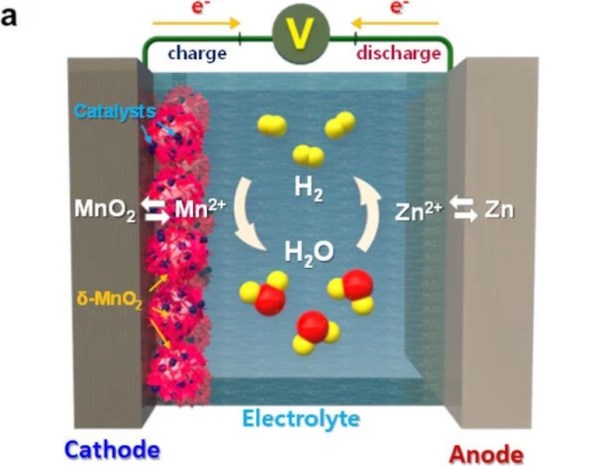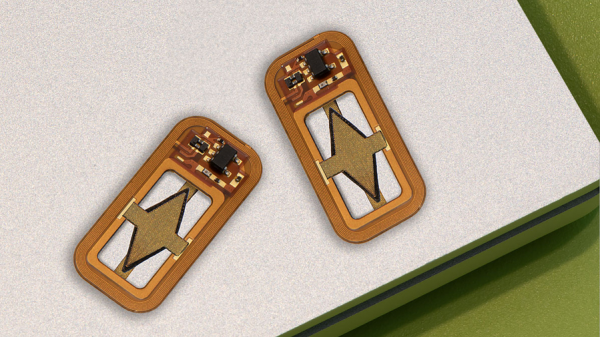If you follow the world of clean energy, you will probably have read all about the so-called hydrogen future and the hydrogen economy. The gas can easily be made from water by electrolysis from green solar electricity, contains a lot of stored energy which is clean to recover, and seems like the solution to many of our green energy woes. Sadly the reality doesn’t quite match up as hydrogen is difficult to store and transport, so thus far our hydrogen cars haven’t quite arrived. That hasn’t stopped researchers looking at hydrogen solutions though, and a team from ETH Zurich might just have found a solution to storing hydrogen. They’re using it to reduce iron oxide to iron, which can easily release the hydrogen by oxidation with water.
Their reactor is simplicity itself, a large stainless steel tank filled with powdered iron ore. Pump hydrogen into it and the iron oxide in the ore becomes water and iron which forms the storage medium, and retrieve the hydrogen later by piping steam through the mixture. Hydrogen generated in the summer using solar power can then be released in the winter months. Of course it’s not perfectly efficient, and a significant quantity of energy is lost in heat, but if the heat is recovered and used elsewhere that effect can be mitigated. The hope is that their university might be benefiting from a pilot plant in the coming years, and then perhaps elsewhere those hydrogen grids and cars might become a reality. We can hope.
Meanwhile, in the past we’ve looked at a not quite so green plan for a hydrogen grid.


















